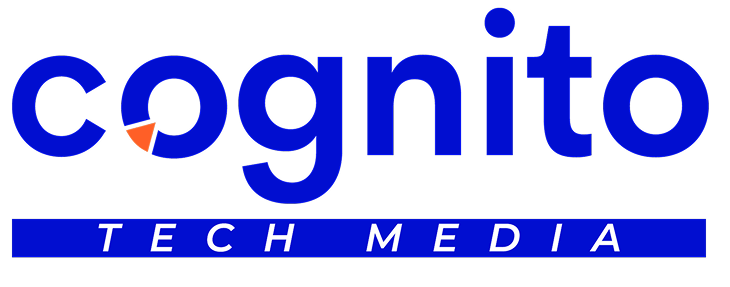What Is Video Content Marketing?
By the end of this post, you’ll understand not just the definition, but how to leverage video to connect with your audience in ways text simply can’t.
Video content marketing isn’t just posting random clips to YouTube. It’s strategically creating and distributing videos that align with your brand story and business goals.
But here’s the thing most marketers miss about video that’s costing them serious engagement…
Understanding Video Content Marketing
A. Definition and core concepts
Video content marketing isn’t rocket science. It’s simply creating and sharing videos to attract, engage, and convert your audience. But unlike cat videos that go viral for fun, these videos serve a purpose – they’re designed to build your brand, showcase your products, or establish you as an industry leader.
At its core, video marketing combines storytelling, visual appeal, and strategic distribution to create content that resonates with viewers. Think of it as traditional content marketing with motion, sound, and emotion all wrapped into one powerful package.
B. Why video marketing is dominating digital strategies
The numbers don’t lie – video is crushing it right now.
People are visual creatures. We process images 60,000 times faster than text, which explains why we’re naturally drawn to video content. Your brain can digest a video in seconds that might take minutes to read as text.
Plus, we’re all busy and overwhelmed with information. Videos cut through the noise. They deliver complex messages quickly and pack an emotional punch that text just can’t match.
Mobile devices have changed everything too. Scrolling through videos on your phone while waiting for coffee has become second nature. Marketers who ignore this shift are getting left behind.
C. Key differences between video marketing and traditional content
| Video Content | Traditional Text Content |
|---|---|
| Engages multiple senses | Visual only |
| Higher production costs | Lower creation barrier |
| Quicker message delivery | Requires more attention span |
| Stronger emotional impact | More detail-oriented |
| Less skimmable | Easier to scan |
The biggest difference? Emotion. Video captures nuances that text simply can’t – tone of voice, facial expressions, music, and timing all work together to create connections that words alone struggle to achieve.
D. Statistics proving video content’s effectiveness
The proof is in the pudding:
-
87% of marketers report positive ROI from video
-
Videos on landing pages can increase conversions by 80%
-
People spend 88% more time on websites with videos
-
72% of customers prefer learning about products through video
-
Social videos generate 1200% more shares than text and images combined
What’s wild is that these numbers keep growing year after year. Video isn’t just effective – it’s becoming the expected standard across industries. Companies without video strategies are increasingly finding themselves playing catch-up.
Creating a Successful Video Marketing Strategy
Setting clear goals and KPIs
Video marketing without goals is like shooting in the dark. You might hit something, but was it what you wanted? Probably not.
Start by asking yourself: What do you actually want your videos to accomplish? Brand awareness? Lead generation? Customer education? Each goal needs specific metrics to track success.
Here’s a quick breakdown of common video marketing goals and their KPIs:
| Goal | Key Performance Indicators |
|---|---|
| Brand Awareness | Views, impressions, reach, social shares |
| Engagement | Watch time, comments, likes, click-through rate |
| Lead Generation | Form completions, downloads after watching |
| Sales | Conversion rate, revenue attributed to videos |
| Customer Education | Reduction in support tickets, completion rate |
Pick 2-3 primary goals max. Trying to make one video do everything usually means it’ll do nothing well.
Identifying your target audience
Nobody has time for videos that weren’t made specifically for them. That’s just reality.
Drill down beyond basic demographics. What problems keep your audience up at night? What language do they use? Where do they already consume video content?
Create quick audience personas that include:
-
Content preferences (short-form vs. long-form)
-
Technical knowledge level
-
Where they hang out online
-
Questions they’re asking
-
Pain points your product solves
The more specific you get, the more your content will resonate. Generic videos get generic results.
Planning your content calendar
Random, sporadic videos won’t build momentum. You need a plan.
Map out your content calendar at least a quarter in advance. Consider:
-
Industry seasonality
-
Product launches
-
Customer journey stages
-
Content types (tutorials, testimonials, behind-the-scenes)
Balance evergreen content with timely pieces. And remember that one video can be chopped into multiple formats:
-
2-minute YouTube version
-
30-second social teaser
-
15-second story highlight
-
Audiogram for podcast platforms
Budgeting for video production
Video doesn’t have to break the bank, but quality matters.
The truth? You can create decent videos on a smartphone with $100 worth of gear. But as you scale, smart budgeting becomes crucial.
Consider these production models:
-
In-house team (higher upfront cost, lower per-video cost)
-
Agency partnership (medium cost, professional quality)
-
Freelancers (variable cost, specialized expertise)
Start small and reinvest based on performance. Allocate your budget across:
-
Pre-production (scripting, storyboarding)
-
Production (equipment, talent, location)
-
Post-production (editing, graphics, music)
-
Distribution (paid promotion)
The biggest mistake? Blowing your budget on production and leaving nothing for distribution. A stunning video nobody sees is worthless.
Optimizing Videos for Maximum Engagement
Ideal video length for different platforms
Ever noticed how some videos feel like they drag on forever, while others end way too soon? That’s because platform matters.
On Instagram, keep it short and snappy. 30 seconds is the sweet spot for feed videos, while Stories work best at 15 seconds or less. For IGTV, you can stretch to 10 minutes for optimal engagement.
TikTok thrives on brevity – 15-30 seconds is the magic zone. Videos hitting that 15-second mark often see the highest completion rates.
YouTube? That’s a different beast altogether:
-
Tutorial videos: 10-15 minutes
-
Product reviews: 7-10 minutes
-
Brand stories: 2-3 minutes
Facebook users prefer videos between 1-3 minutes, while LinkedIn’s professional audience has patience for 3-5 minute content that delivers value quickly.
Crafting compelling thumbnails and titles
Your thumbnail is basically your video’s movie poster. It needs to pop.
The best thumbnails include:
-
A human face with clear emotion
-
High contrast colors
-
Minimal text (3-5 words max)
-
Clear, non-pixelated images
For titles, stop being so boring! Questions drive clicks (“Want to Triple Your Conversion Rate?”). Numbers create specificity (“7 Video Tactics That Drove $2M in Sales”). And urgent language triggers FOMO (“This Video Strategy Is Disappearing Next Month”).
Test different thumbnail/title combinations and watch your click-through rates soar.
Adding captions and transcripts
Here’s a shocking stat: 85% of social videos are watched without sound. Let that sink in.
Captions aren’t just for accessibility (though that’s crucial) – they’re for everyone scrolling through feeds during meetings, on buses, or in bed next to sleeping partners.
Auto-generated captions are better than nothing, but they’re notoriously inaccurate. Invest the time to edit them properly.
Transcripts give you double benefits: they make your content accessible AND boost your SEO by giving search engines text to index.
Using calls-to-action effectively
The biggest mistake in video marketing? Creating amazing content with zero direction on what to do next.
Don’t just say “like and subscribe” – tell viewers WHY they should take action: “Subscribe for our weekly marketing tips that most agencies charge thousands for.”
Place your primary CTA within the first 30 seconds (for those with goldfish attention spans) and repeat it at the end.
Visual CTAs work better than verbal ones – use animated buttons, text overlays, or end screens pointing clearly to the next step.
And please, limit yourself to ONE primary action. If you’re asking viewers to subscribe, comment, check out your website, download your ebook, AND follow you on Instagram… they’ll do none of those things.
As you embark on your video marketing journey, remember that authenticity resonates more than perfection. Start with what’s feasible for your resources, focus on providing value to your audience, and gradually expand your video capabilities as you learn what works for your brand. The most successful video marketers aren’t necessarily those with the biggest budgets, but those who truly understand their audience and deliver content that meets their needs.


